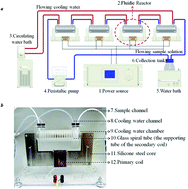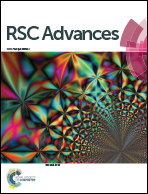Electrofluid enhanced hydrolysis of maize starch and its impacts on physical properties
Abstract
To achieve high-output, successional, and efficient hydrolysis of carbohydrate polymers is an increasing concern in the food and chemical industries. Existing electric field techniques are limited by the occurrence of electrochemical reactions in the electroconductive medium during alternative current (AC) and direct current (DC) treatment. The electrofluid technique outperforms conventional hydrolysis of starch under mild conditions. The said technique was applied to maize starch hydrolysis to confirm its feasibility and effectiveness. The induced-electric-field-assisted hydrolysis (IEFAH) of maize starch improved the reducing sugar content by 175.05%, 132.43%, and 89.62%, respectively, when compared to static immersion, conventional heating hydrolysis (CHH), and continuous-flow heating hydrolysis (CFHH) after 120 h. Increase in excitation voltage and reactor series both significantly increased the yield. Sugar content increased by 59.88% at 30 °C and by 118.99% at 40 °C after 60 h compared to the control (0 V). The favorable effect on maize starch hydrolysis may be attributable to the electric field damaging the starch granule surfaces and crystalline structure, as confirmed by SEM, XRD, and DSC analyses. To this effect, the electrofluid technique using induced electric fields (IEF) is promising in terms of efficient starch hydrolysis without side reactions owing to the avoidance of rigorous heating, heavy metal leakage, and sample contamination.



 Please wait while we load your content...
Please wait while we load your content...